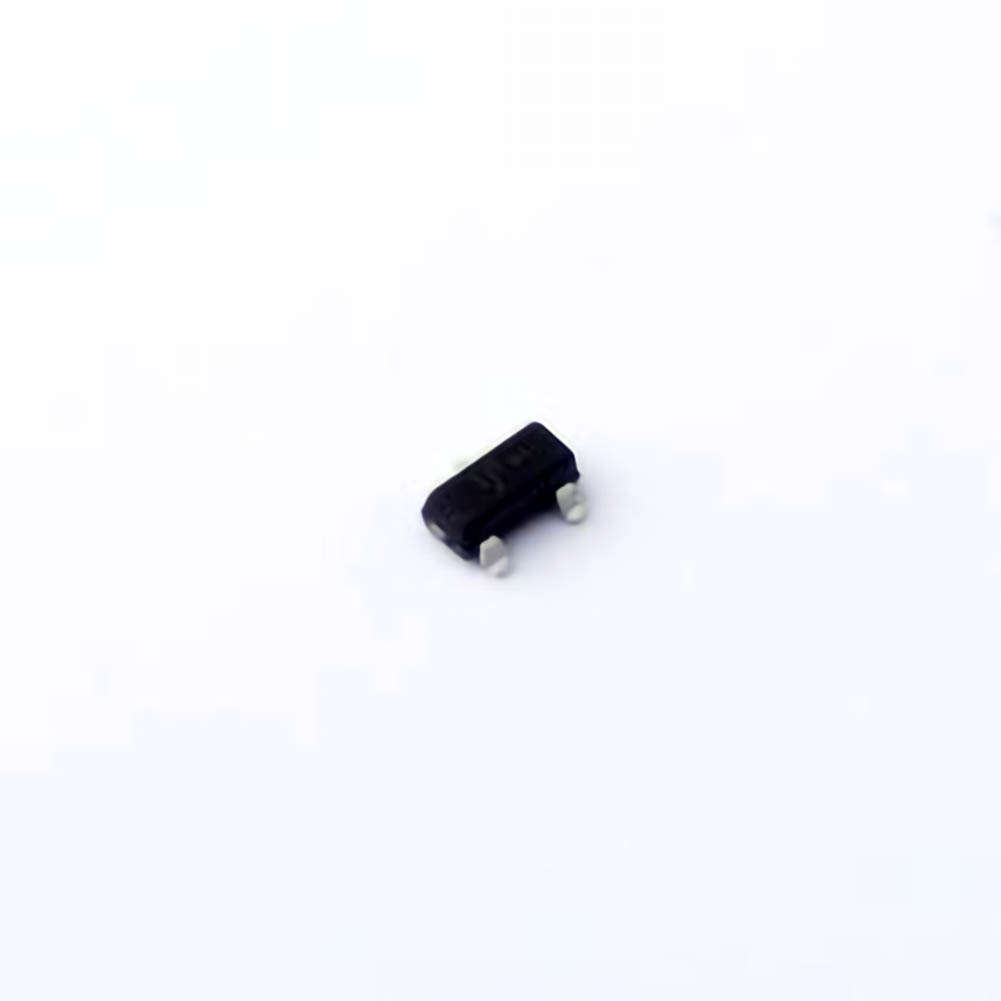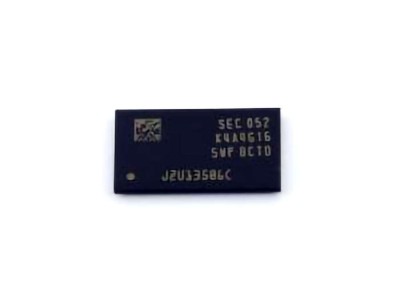
This article provides an in-depth guide on troubleshooting the MMBT2222A LT1G transistor . It addresses common issues users might encounter and offers practical solutions to ensure optimal performance in electronic circuits.
MMBT2222ALT1G , troubleshooting, transistor, solutions, common issues, electronics, transistor failure, circuit problems
Introduction to the MMBT2222ALT1G: A Compact Power house in Transistor Technology
The MMBT2222ALT1G is a widely used NPN BJT (Bipolar Junction Transistor) in electronic circuits, known for its efficiency in switching applications. Its compact size and versatile nature make it an essential component in various consumer electronics, from power supplies to signal amplification circuits. However, like any electronic component, it can face issues that might compromise its performance. This article aims to address some of the most common problems users experience with the MMBT2222ALT1G and provide practical troubleshooting techniques to resolve them.
1. Failure to Switch Properly
One of the most common issues when working with the MMBT2222ALT1G transistor is a failure to switch properly. This issue can manifest in several ways—either the transistor fails to turn on, or it doesn’t turn off as expected. These failures typically occur in applications such as digital logic circuits, amplifiers, and signal processors.
Possible Causes:
Insufficient Base Current: If the base current is too low, the transistor may not fully saturate when it is supposed to switch on. Ensure that the base resistor is correctly chosen to provide adequate base current for the transistor.
Incorrect Biasing: If the transistor is not properly biased, it may not enter the correct operating region. This can happen if there is a misconfiguration in the circuit or faulty resistors.
Damage to the Transistor: Over-voltage, overcurrent, or excessive heat can damage the transistor, causing it to lose its switching capability. Checking for signs of physical damage, such as discoloration or cracking, can help identify this issue.
Solution:
Double-check the circuit design to ensure that the base current is sufficient. If necessary, adjust the resistor value to allow for proper current flow.
Measure the voltage across the transistor's base and emitter to verify the correct biasing.
Use a multimeter to check for any signs of damage to the transistor. If the component is damaged, replacing it with a new one is the best solution.
2. Transistor Heating Up Excessively
Excessive heat generation is another common problem when working with the MMBT2222ALT1G. Overheating can lead to reduced performance, or worse, permanent damage to the transistor.
Possible Causes:
Overload Current: If the transistor is driving too much current beyond its rated specifications, it will overheat. The MMBT2222ALT1G has a maximum collector current rating of 800mA, and exceeding this limit can result in thermal runaway.
Poor Heat Dissipation: In some cases, the transistor may be located in an area with insufficient ventilation or heat sinks, causing the heat to build up and affect the transistor’s functionality.
Solution:
Ensure that the load does not exceed the maximum current rating of the transistor. If your application requires higher current handling, consider using a more robust transistor.
Improve heat dissipation by providing adequate ventilation or using heat sinks to dissipate the heat efficiently. This will help maintain optimal performance and extend the lifespan of the transistor.
3. Low Gain or Amplification Issues
Another issue that users sometimes encounter is low current gain (hFE) in the MMBT2222ALT1G, which affects the overall amplification or switching performance of the transistor in signal circuits.
Possible Causes:
Improper Operating Region: If the transistor is not operating in the active region, the gain may be significantly lower than expected. Ensure that the transistor is properly biased to operate in the correct region.
Overheating or Damage: If the transistor has been exposed to excessive heat or overvoltage, the internal structures may degrade, leading to lower gain.
Component Quality: Poor-quality transistors, especially from unreliable sources, may exhibit lower-than-expected performance.
Solution:
Check the biasing of the transistor and ensure that it is in the active region for proper gain. Use the correct values for resistors in the biasing network.
Replace the transistor if it shows signs of degradation due to heat or electrical stress.
4. Inconsistent Switching Behavior
In circuits where precise switching is required, such as in digital logic or timing applications, inconsistent switching behavior can be a significant problem. The transistor may work intermittently or fail to turn on and off when expected.
Possible Causes:
Insufficient Drive Signal: The drive signal at the base of the transistor may not be consistent or strong enough to fully turn the transistor on and off.
Noise or Interference: High-frequency noise or interference from nearby components can cause fluctuations in the transistor's switching behavior.
Solution:
Ensure that the input signal to the base is clean and consistent. If the drive signal is weak, consider using a driver circuit or buffer to provide a more stable signal to the base.
Implement proper grounding and shielding in the circuit to minimize the impact of noise and interference. Using decoupling capacitor s can also help stabilize the voltage levels.
5. Reverse Polarity or Incorrect Pinout Connections
Incorrect wiring is a common cause of problems with the MMBT2222ALT1G, especially for those who are new to working with transistors. If the transistor is connected with reverse polarity or if the pins are incorrectly assigned, it may not function as expected.
Possible Causes:
Incorrect Pin Connections: The MMBT2222ALT1G has three pins: the Collector (C), Base (B), and Emitter (E). If these pins are not connected properly, the transistor will not function correctly.
Incorrect Voltage Polarities: Reversing the collector-emitter polarity can cause the transistor to fail to operate or get damaged.
Solution:
Always double-check the pinout of the transistor. The collector is the middle pin, the base is the left pin when facing the flat side, and the emitter is the right pin.
Use a multimeter to verify the correct pin assignments before powering up the circuit to avoid damage.
6. Intermittent Circuit Behavior Due to Poor Soldering
In some cases, an issue might not be with the transistor itself, but with the quality of the soldering in the circuit. Poor solder joints can result in intermittent connections, causing the transistor to malfunction.
Possible Causes:
Cold Solder Joints: A poorly soldered connection can cause unreliable behavior, leading to intermittent performance or complete failure of the transistor.
Loose Connections: If the transistor is not securely soldered onto the PCB, it may cause issues with the circuit's overall functionality.
Solution:
Inspect the solder joints under a magnifying glass. Ensure that all connections are clean, smooth, and free from cold joints.
Resolder any suspect connections and ensure the transistor is firmly attached to the PCB.
7. Ensuring Long-Term Reliability and Maintenance
After resolving the immediate issues with the MMBT2222ALT1G, it’s important to maintain the overall health of the component to prevent future issues.
Preventive Measures:
Correct Voltage and Current: Always ensure that the operating voltage and current fall within the specified limits for the MMBT2222ALT1G. Exceeding these limits can lead to premature failure.
Thermal Management : Consistently monitor the temperature of the transistor and use heat sinks if necessary to maintain stable operating conditions.
Regular Testing: If the circuit is intended to run continuously, perform regular checks and testing to ensure that the transistor is still functioning within expected parameters.
Conclusion:
The MMBT2222ALT1G is a powerful and versatile transistor, but like any electronic component, it can experience issues. By understanding the common problems and troubleshooting techniques outlined in this article, users can resolve most issues and ensure the smooth operation of their circuits. Whether it’s a failure to switch, overheating, or issues with gain, this guide provides the tools needed to get your MMBT2222ALT1G performing optimally. By paying attention to detail in circuit design, component selection, and maintenance, you can extend the life of your transistors and ensure that they continue to operate reliably for years to come.
If you are looking for more information on commonly used Electronic Components Models or about Electronic Components Product Catalog datasheets, compile all purchasing and CAD information into one place.


